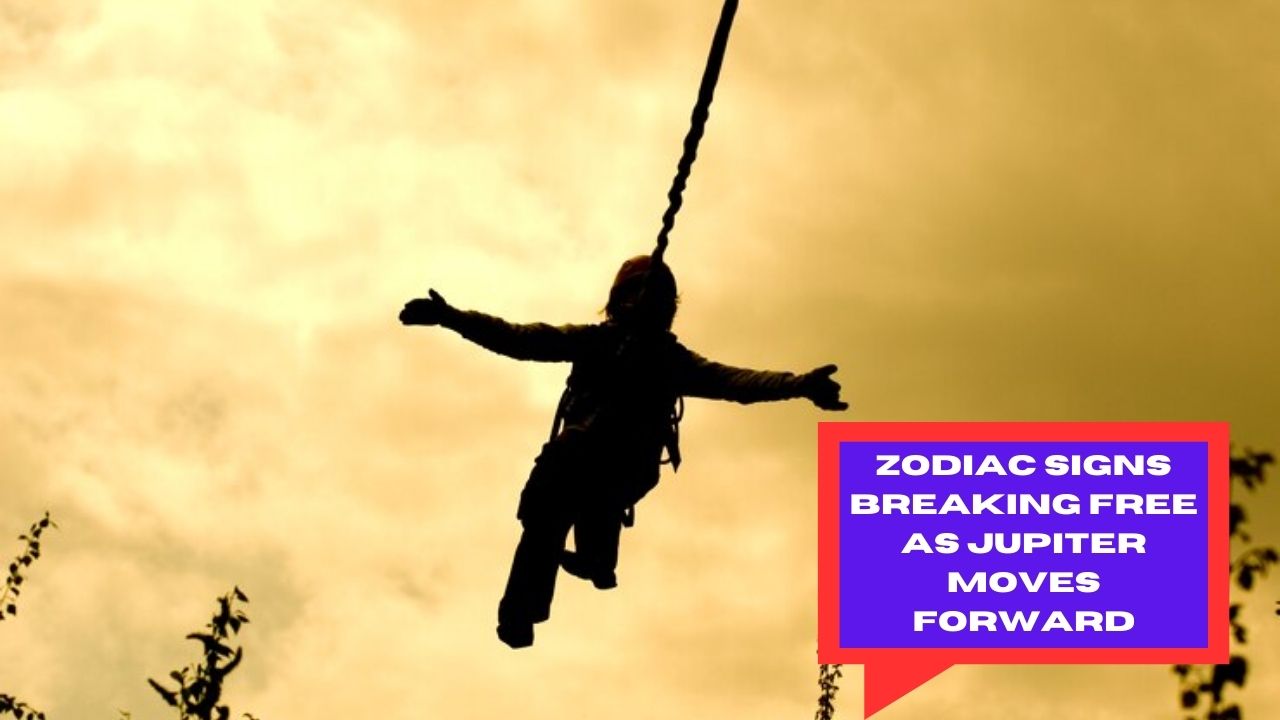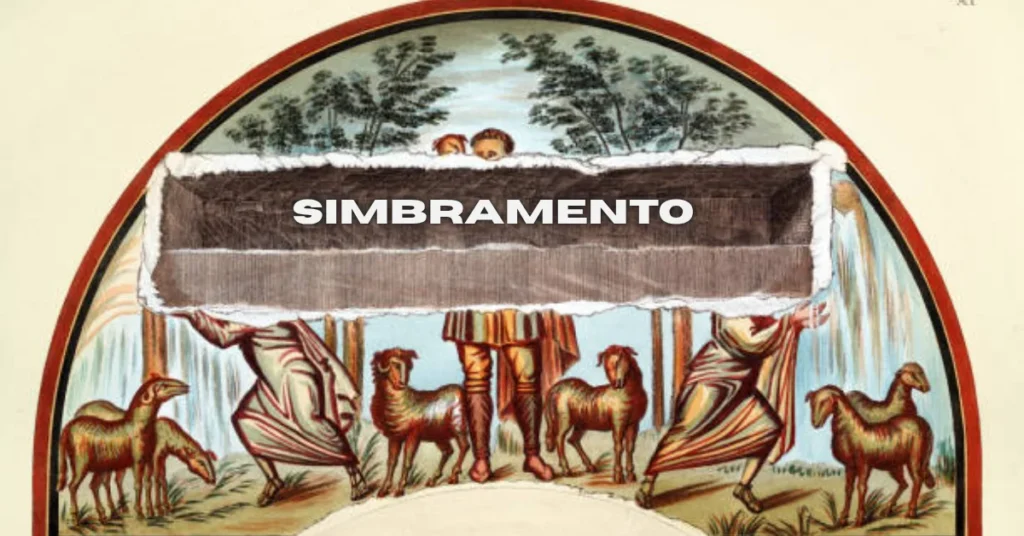Erothtos. It’s not a word you’ll see in everyday conversation, but scratch the surface and it opens up a whole conversation about what makes us human—our longings, our connections, the way we chase intimacy in a complicated world.
What Does Erothtos Even Mean?
On paper, erothtos pulls from the Greek-sounding root ero, hinting at eroticism and romantic love. The rest feels like a suffix for a state of being—a condition we live through. Put together, it becomes a way to talk about how we hold desire, closeness, and longing in our lives. It’s not just about sex. It’s about that tug in your chest when you want to be seen, touched, understood.
Erothtos Through History And Art
Look back at poetry from the Romantic era—Byron, Keats, all those poets who poured heartbreak and wild longing into words. That’s erothtos. They didn’t just write about physical love. They wrote about the ache behind it. The closeness people crave, the distance they fear.
Jump to modern books and films, and you’ll see erothtos all over the place. From blockbuster romance to edgy indie films, storytellers keep asking the same questions: What does desire look like now? How far will people go for connection? Sometimes it’s raw and explicit—like the Fifty Shades phenomenon—sometimes it’s hidden in subtle moments and stolen glances.
What Psychology Says About Erothtos
Psychologists might not use the word erothtos outright, but they talk about it all the time. It’s wrapped up in attachment theory—how we bond, how we fear loss, how childhood closeness shapes adult love.
People with secure attachments often have a healthier grip on desire. They trust, they share. People with anxious or avoidant attachments wrestle with erothtos in harder ways—too clingy, too distant, always fighting invisible battles for closeness or escape.
Then there’s emotional intelligence. Being able to read your own heart and someone else’s—that’s a huge piece of living erothtos well. It’s the difference between relationships that feel honest and ones that break under misunderstandings.
How Culture Shapes Erothtos
Around the world, different cultures handle desire and intimacy in wildly different ways. Some societies talk about sex and longing out in the open—rituals, art, celebration. Others lock it behind rules and silence.
In parts of the world, erothtos is explored in public spaces—art shows, poetry nights, songs. Elsewhere, it lives behind closed doors, only spoken of in whispers. Both ways tell you how a culture feels about human closeness: free, restricted, sacred, taboo.
What Happens To Erothtos Online
Scroll through Tinder or swipe on Bumble—tech changed erothtos. Now people meet through screens. Some find soulmates. Others find heartbreak, ghosting, or shallow flings that barely scratch the surface of what they really crave.
Social media, too, shapes our hunger for connection. Likes, DMs, comments—mini hits of closeness that sometimes leave us more alone than before. Erothtos didn’t vanish in the digital age—it just learned new rules.
Why Does Any Of This Matter?
Understanding erothtos means understanding why we reach out for someone’s hand in the dark. Why we write love letters, keep old photos, dream about a glance across a crowded room. It’s more than physical. It’s a map of the human heart.
Knowing how your own erothtos shows up—what you long for, what scares you about closeness—can help you build better bonds. More honesty. Fewer walls. Less second-guessing.
A Final Thought
When you hear the word erothtos, don’t box it in. Think of it as an umbrella over all the mess and magic of wanting and being wanted. It’s the secret fuel for poems, break-up songs, the pulse that keeps romance alive in every language.
If you’re human, you’ve felt erothtos—even if you didn’t know the word for it. And maybe that’s the real beauty of it: it’s a reminder that none of us are really alone in our craving to connect.









Got a Questions?
Find us on Socials or Contact us and we’ll get back to you as soon as possible.